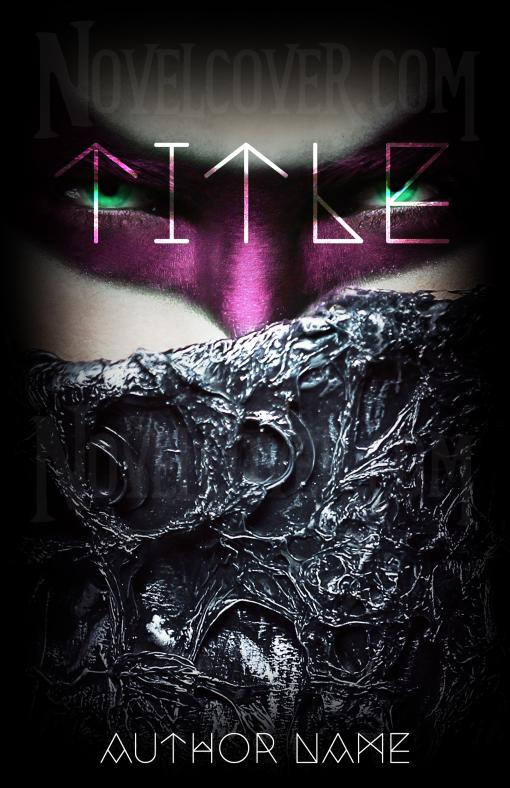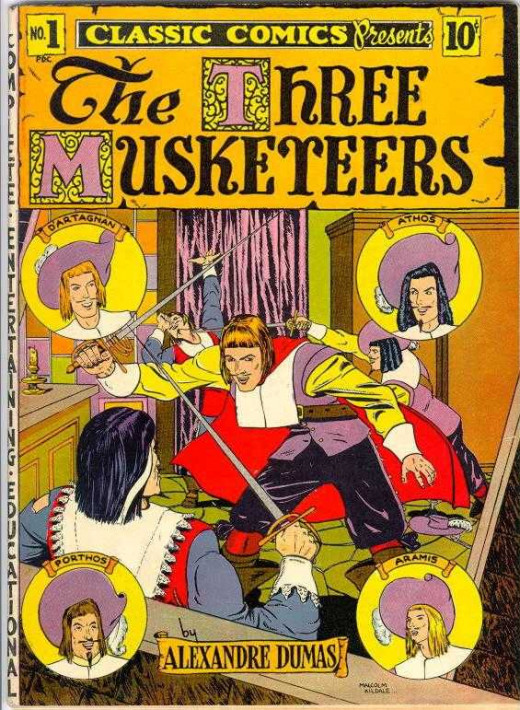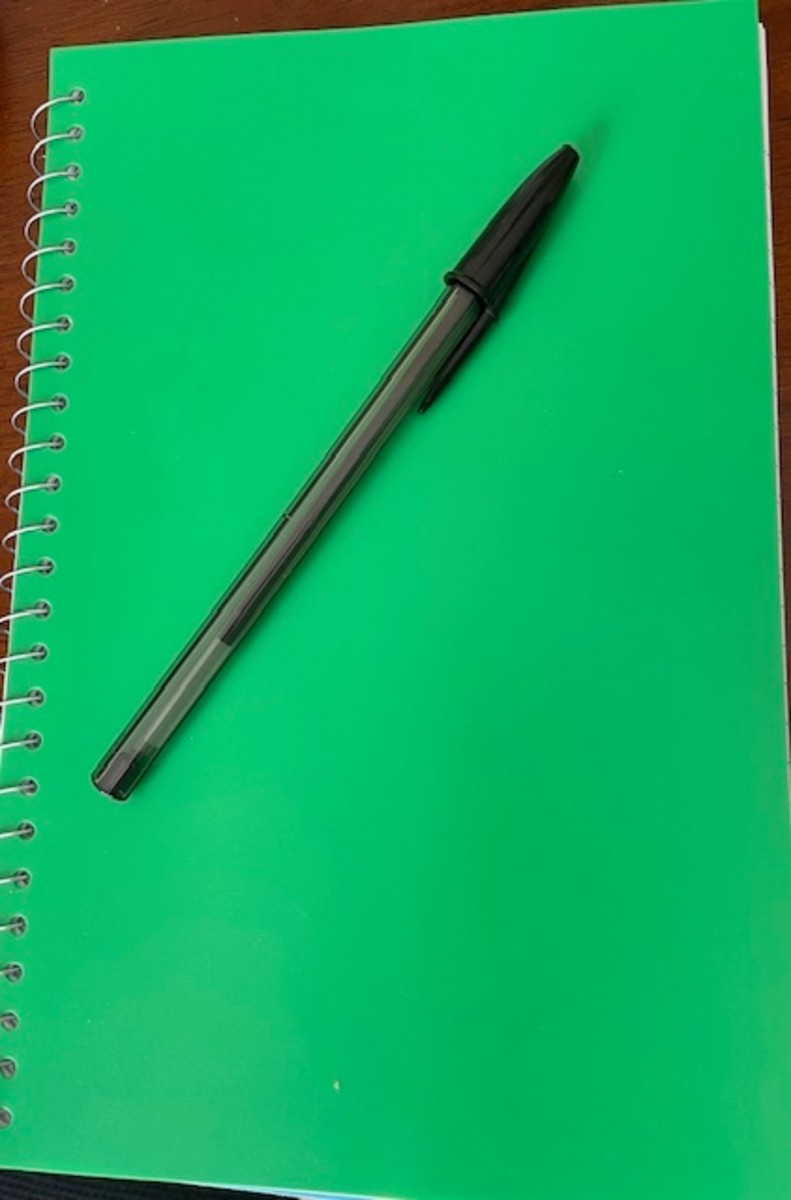How to Choose a Cover for your Self Published Book: Five Things Independent Authors Need to Know.

How Much Do You Know About a Book When You Decide To Buy?
Almost nothing.
I used to travel a lot, by plane. I met a lot of strangers and enjoyed our conversations, but I grew to dread one simple question. If I mentioned I was a published writer, someone always asked me if I’d read, and comment on, their manuscript.
It’s not that I’m mean and I don’t want to help, I do. I really do, but most authors don’t want to hear the truth. When you're an unknown writer with no reputation or following, your carefully crafted manuscript has almost nothing to do with whether your book sells or not. In nine cases out of ten if a self-published book won’t sell, it’s not down to the words, the characters or even the plot. The fault is almost certainly with the cover.
Even if you write kindle books so readers can sample the first chapter or so for free, there's only so much a reader can learn from the first chapter of a book.
Can the author craft a tale devoid of glaring plot holes? Can he or she create characters you feel you’ve actually met? Does the book contain conflict? Will it make you feel? When the last page is turned, will you count your time and money well spent?
There’s no way to know.
You can learn something from the book blurb, but let’s be honest here, you won’t read the blurb at all unless the cover catches your eye. There’s a publishing revolution going on and that’s great. It means more choice for readers, more opportunity for writers, but it also means more competition. At the time of writing there were almost four million kindle books on Amazon, with 90,000 'coming soon'. Readers need a way to choose what they buy. You may use an unusual point of view, or tell your story in an interesting original way, but when they browse Amazon’s pages your potential readers don’t know that. You only have one way of standing out from the crowd, and that’s your book cover.
It’s galling for an author, but it’s the honest truth. If you’re an unknown writer people won’t buy because of you, they won’t buy because of your premise and they won’t buy because of your prose. What makes them buy is something someone else created, most often without having reference to your manuscript at ll.
Readers buy because of the cover.
Your book cover is one of the most important aspects of marketing your book. However much time you spend on getting people to your book sales page, they won’t download a sample or buy the book if the cover isn’t enticing.
— Joanna Pen, The Creative Pen
The Most Important Self-Publishing Decision
As a self published author, one of the most important decisions you’ll make is the cover of your book. Here are five things to think about while making your decision.
- The title should be clear, correct and correctly spelled. Obvious? Yes, I would think so, but believe it or not, there are covers that get this wrong. Make sure the title is clear even when the cover image is thumbnail size. You’ll have to pay careful attention to the typeface and the color scheme. What about the author name? It should be visible, but sadly, until you’ve built a following, it really doesn’t matter.
- The cover should look professional. Readers are trying to weed out those self published books that are just plain bad. Bad books can have great covers and vice versa, but life’s not fair and readers have criteria they are not even aware of. People judge a book by its cover every day. You will sell more books if your book looks professional, no matter what’s inside. Ever wondered how kindle books with only 40-60 pages of rehashed content manage to sell? The answer is often in a professional looking cover.
- Make sure your cover stands out from the crowd. Take a look at all the other books like it and ask yourself if they have a common feature. You may find they all use a similar color palette. If so, ask yourself why
- Have the cover reflect the content of your book. Yes, you may pull in more readers if your cover looks racy, but if the content doesn’t live up to the cover you’ll disappoint your readers, and disappointed readers write negative reviews. A large number of negative reviews will also have an impact on your books sales, so don’t feature a same sex couple on the cover if your novel is a heterosexual romance. Don’t show a picture of a gleaming, futuristic city, if your story is set in a grimy dystopian future and don’t put chocolate cake on the cover of your cookbook if you’re talking about the latest bean based diet.
- Think about your target market. How old is your target reader? If you’re writing a YA romance you need a cover that appeals to a YA audience and here’s the problem. If you don’t fall within your target demographic, you may not be the best judge. .
Rather than waiting two to six weeks for a custom-designed cover, you can usually have your (premade cover) design in 24 to 30 hours.
— IndiePlotTwist.com
How to Avoid Costly Cover Mistakes.
I’d like to say all you have to do is hire a professional cover designer, and your problems will be gone, but sadly, it isn’t true.
Many blogs for self-published writers advise the purchase of a professional cover, but how do you know the professional you hire is any good? Do you have the time to check references? Do you have the time to wait your turn and go through the process? Popular cover designers are often booked up a long way in advance, they are worth their weight in gold, and they know it. You may want a custom cover design, you may even need one, but for many of us the cost is just to high, and if you waited until your book was done, your probably don’t want to wait.
The two options cheaper than having a custom book cover designed are to do it yourself, or to buy a premade book cover design. You’ll find many available, just google the phrase ‘premade cover design’ to find them.
Premade covers are created by the designer in advance. Instead of creating the right book cover just for you, you buy a ready made cover that suits your book. It’s remarkably like buying ready made curtains as opposed to made to measure, and the advantages are the same. Premade covers are cheaper, you know exactly what you’re getting, and they are much more affordable than custom covers.
The major disadvantage of a premade cover is that it isn’t unique. You could find another book very similar to yours, using the same premade cover, but that can be avoided if you do just a little research and take a look at the other books likely to compete with yours. You’ll also find that some premade cover designers will make small changes to the cover, like the color or typeface of the title for a very small fee, and the result is a cover that’s completely unique.
If you really can't afford the sort of cover you want, you can make one yourself. Amazon provide a cover creator tool or you can use any graphics program to create a cover the right size and there are many hubs and articles on the web to tell you how to do it. Most advise you to use a stock photograph and these are not, typically, free. You may find you pay more for the picture than you would if you bought a premade cover design or had one custom made by a designer on fiverr.
How Do I Recognise a Good Cover?
If your book is selling well, I’d say that’s a good test, but there is no reason to be uncertain. You can consult friends and family, but remember, they will be trying not to offend and they may not be in your target market. Where possible, try to get feedback from someone who is in your target demographic. Tastes change with age. What appeals to me, does not appeal to my daughter and vice versa.
If you belong to a forum or writers group you can ask your colleagues for advice, but if not, there are still places you can get independent feedback.
Website pickfu.com allows you to type in two book titles or upload two cover images. The site then polls fifty users to ask them to choose between them and say why. It’s not free (the cost is $20) but it is useful.
As a final quality check, you can submit your proposed cover to covercritics.com for critique. Send them some basic details, where the book is set and when, sort of thing and stand back. Criticism is always constructive, but it can be harsh. If you plan to design your own cover, you might like to hang out on covercritics for a while, there's a lot your can learn.
Books to learn from:
I Need a Great Book Cover But ...
Sorry! There’s no way round it. If you want a cover designed for you, you will, usually, have to pay, but there are ways to keep the cost down.
If you’re looking for someone with design training, why not try a design or fine arts student? Many will create a cover for very little. Mina Chara, at novelcover.com is one such student. She ponts out she also has the advantage of being part of the YA demographic, and so specialises in YA novel covers.
Another low cost custom option is fiverr,though the best cover designers can have very long queues! You can also look through the members of deviantart.com
If you do choose a low cost option make sure you know what you are getting. Is the cover unique to you, or will it be offered for sale to others once it’s complete?
Do you get the source files for the design or just the final format (source files might be useful if you plan a series of books with similar covers)
Will the file be in the correct format for the type of book you are publishing?
Whichever option you choose remember that your cover is not written in stone.
The best thing about being your own publisher is that you get to make the decisions. Book Covers can be changed. You may have started out with a bad book cover. Maybe you genuinely thought it was good and now you’ve learned your lesson. Maybe it was a DIY cover and now you can afford a cover designer. With ebooks and print on demand, your book can change.
If your book doesn’t sell and you suspect the cover, there’s no need to suffer. Change it!




